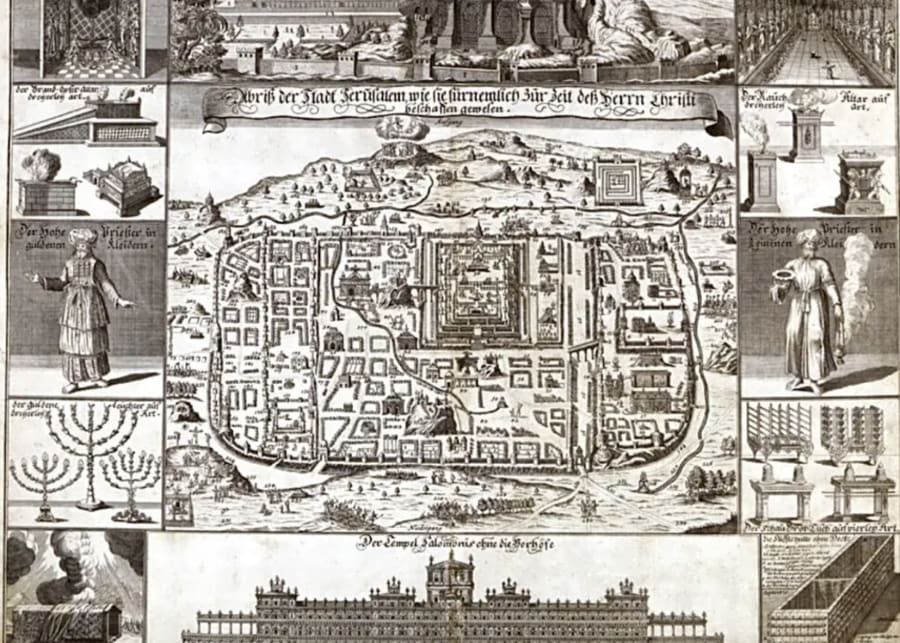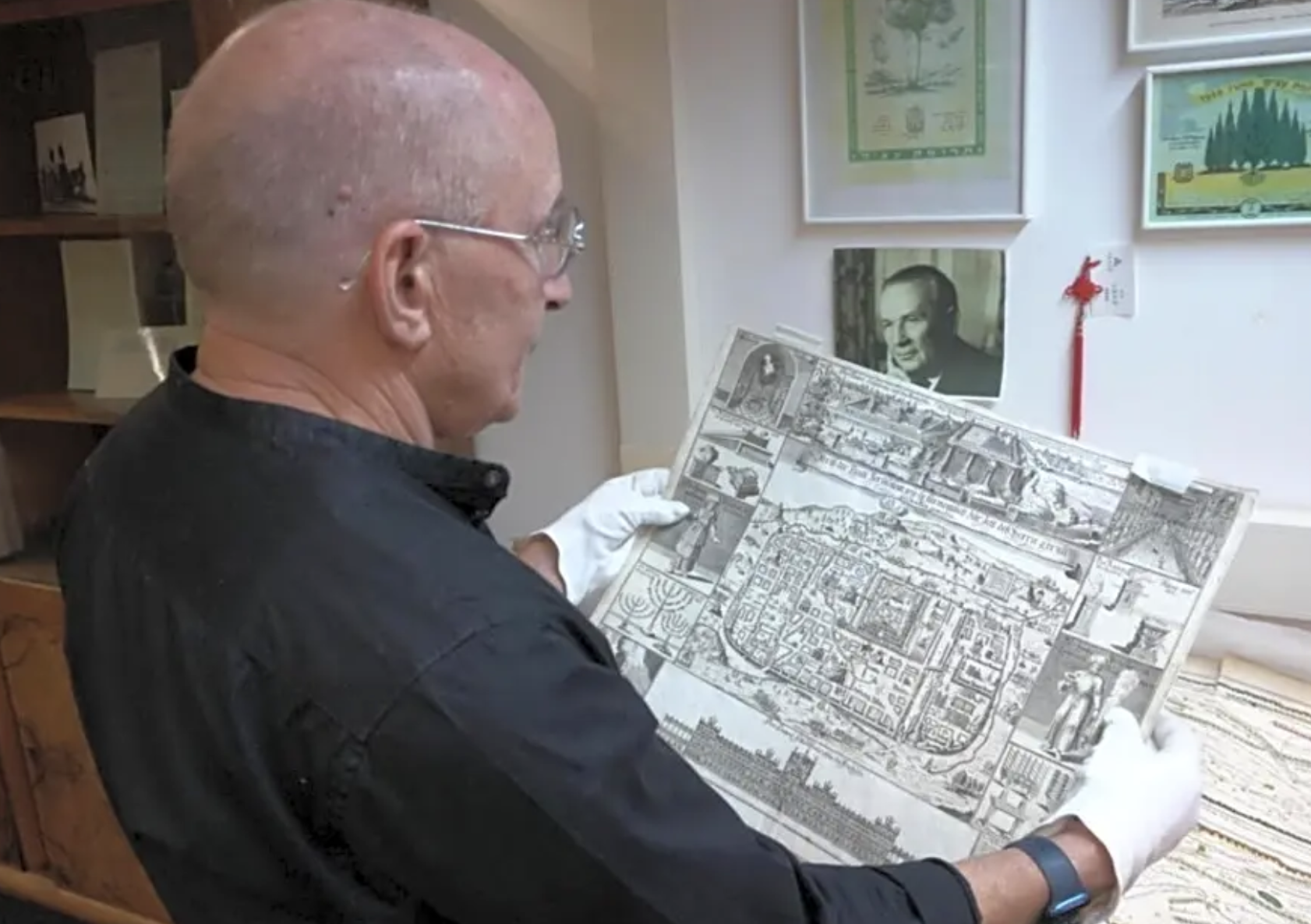Haifa University receives ancient Christian maps of Jerusalem and Israel

The University of Haifa has received a rare collection of ancient Christian maps of Jerusalem and Israel that date back to the 16th and 17th centuries.
The collection includes some 30 rare maps and atlases with biblical illustrations and feature Christian perspective from the 1500s and the 1600s. They belonged to the late Dr. Richard Umansky, a pediatrician, historian and traveler.
Dr. Zur Shalev, head of the Department of General History at the university, expressed the university’s appreciation for the unique collection of ancient maps.
“We're delighted. It was 20 years ago that I wrote an essay about two of these maps, and now they’re actually here,” said Shalev.
The maps offer modern researchers a window of opportunity to study historically important works of the Holy Land and ancient map-drawing tools.
“We have maps from German reverend Heinrich Binting, who drew many beautiful maps from the time of the Canaanite people, a Semitic-speaking civilization,” the Haifa University official added.
Shalev stressed the significance of Binting’s biblical accounts that also documented his voyages.
“Binting compiled biblical accounts into a collection of travels. This 16th-century man managed to document long distances in voyages with zero advanced equipment to aid him while explaining the spiritual meaning of Abraham and John the Baptist.”

Dr. Shalev said that ancient maps were less based on physical discoveries on the ground and more on biblical interpretations of the locations.
“Despite previous acquaintance with various parts of the world, maps back then were drawn from the perspective of biblical interpretations rather than physical presence in the drawn location. A cartographer is expected to go into the field and draw based on his voyage.”

The All Israel News Staff is a team of journalists in Israel.













